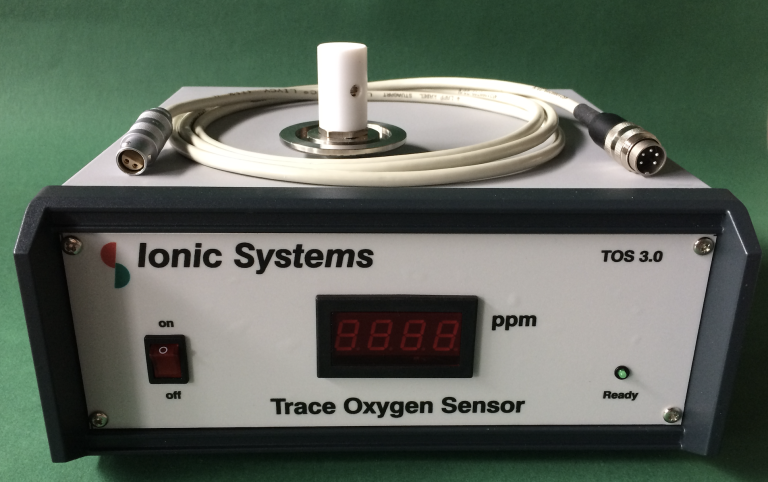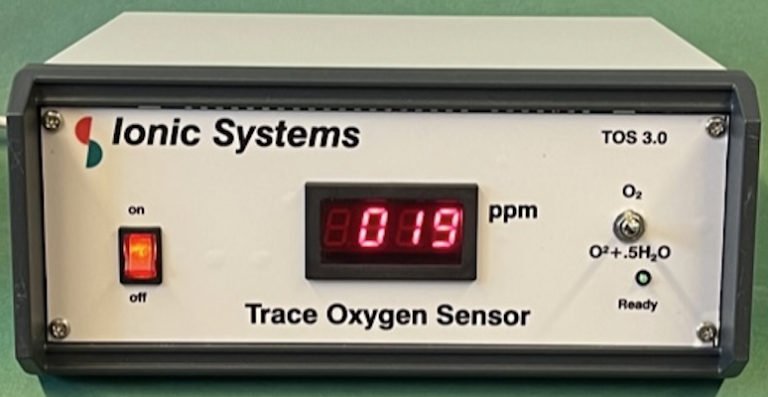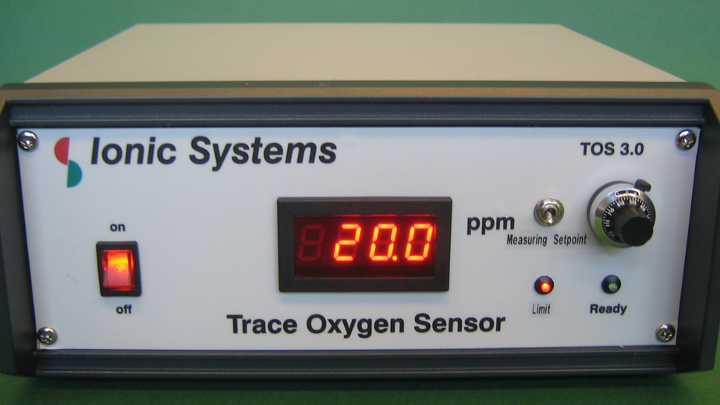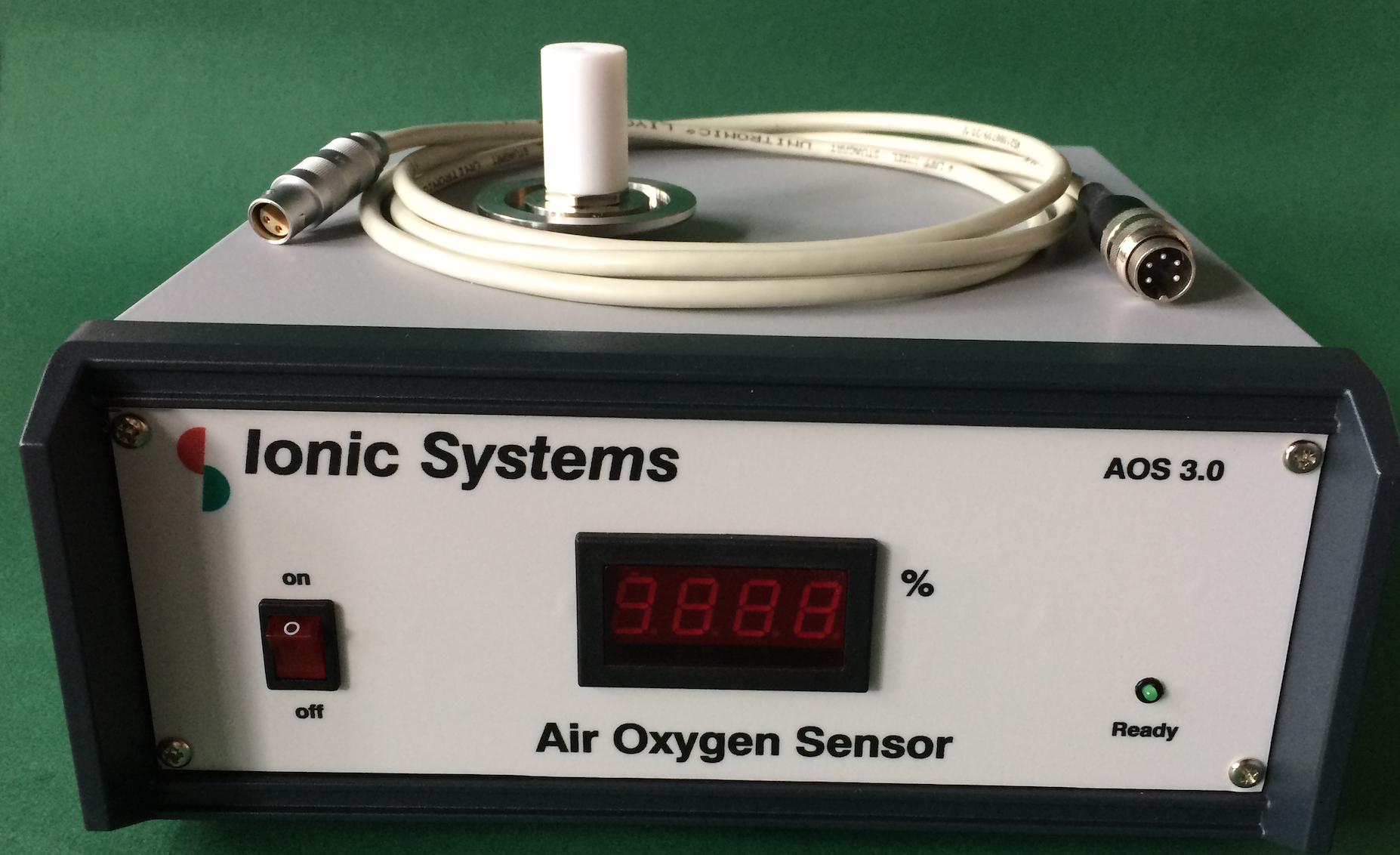Trace and Air-Oxygen Sensors with and without Humidity Measurement
Our “Sensors” are measuring instruments for oxygen measurement and control based on solid electrolytes. They are selective for oxygen (O2), the concentration of which can be measured precisely and reliably in the ppm (trace range) and percentage range. They can be expanded for additional measurement of moisture content and are suitable for applications in a wide ambient temperature range from -20 to 400 °C.
The TOS 3.0 trace oxygen sensors are amperometric measuring devices for determining and controlling low oxygen partial pressures in the ppm range based on ceramic electrolytes that selectively conduct oxygen ions. The sensors consist exclusively of solid bodies. They are long-term stable over wide temperature ranges, maintenance-free and have a high level of accuracy.
In the standard configuration of the TOS 3.0 trace oxygen sensors, only unbound oxygen (O2) is measured. The trace oxygen sensor TOS 3.0a can also record humidity (H2O). The measurement of humidity is also maintenance-free and stable over the long term.
The air-oxygen sensors AOS 3.0 is an amperometric limit current sensor for oxygen partial pressure measurements in ambient atmospheres. It is based on the use of the most advanced solid oxygen ion conducting electrolytes. All parts are solids. The sensors are stable over the long term and do not require any maintenance.
While our trace and air oxygen (O2) sensors are able to measure with equally high accuracy in a limited measuring range, our potentiometric oxygen sensors have a logarithmic relationship, according to Nernst's law. It can therefore be used over a large measuring range.
Gas Measuring Station
In some cases, sensors cannot or should not be directly exposed to the gas to be analyzed. Then our gas measuring station comes into use. It sucks in the gas and passes it through a stainless steel container that houses the sensor. The flow is displayed and controlled by a measuring device. The system consists of a pump with transformer, a flow meter and the sensor receptacle.








